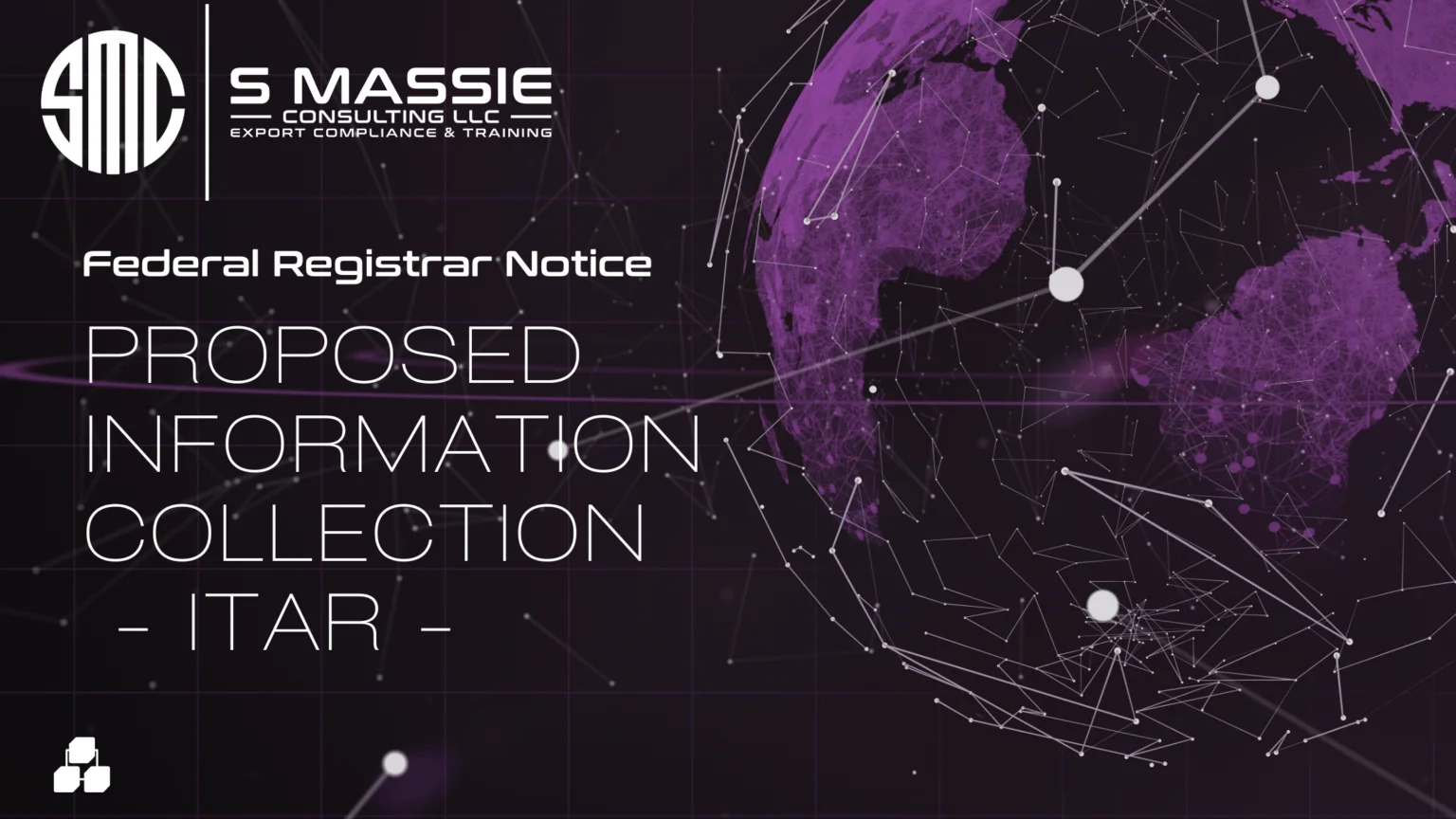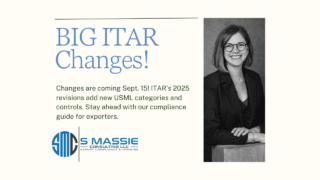What is the Federal Registrar Notice?
The Federal Registrar Notice is a public announcement published in the Federal Registrar, a daily journal that serves as the official source for the United States federal government. The notice informs the public about proposed information collections related to government agencies’ activities. It provides detailed instructions, deadlines, and avenues for the public to submit comments, suggestions, or concerns.
Purpose of the Proposed Information Collection
The proposed information collection serves various purposes within government agencies. It helps gather data necessary for the formulation or modification of regulations, policies, or programs. By seeking public input, agencies can consider diverse perspectives and ensure that any changes made are well-informed and address the needs and concerns of the affected stakeholders.
Who Initiates the Proposed Information Collection?
Government agencies, at both the federal and state levels, initiate the proposed information collection process. These agencies can range from departments responsible for healthcare, environment, education, transportation, and many more. Each agency identifies the need for data collection to support their policy-making or evaluation efforts and subsequently issues a notice in the Federal Registrar.
Understanding the Notice Content
The Federal Registrar Notice – Proposed Information Collection consists of several key elements that provide crucial information to the public. These elements include:
Key Elements of the Notice
- Purpose of the collection
- Description of the information to be collected
- Estimated burden on respondents (time, effort, or cost)
- Legal authority supporting the collection
- Proposed methodology for collecting information
- Ways to minimize the burden on respondents
- A Request To Change End-User, End-Use and/or Destination of Hardware and Open General Licenses
- Abstract of Proposed Collection
- Methodology
Detailed Instructions and Explanations
The notice offers detailed instructions on how interested individuals or organizations can access additional information or provide feedback. It may specify submission methods, such as online platforms, mail, or email, and explain any specific requirements for the content of the comments.
Timeframe and Deadlines
To ensure public participation, the notice specifies the duration of the comment period. This timeframe allows stakeholders to thoroughly review the proposed information collection and provide their feedback within the given deadline.
How to Submit Comments or Feedback
The notice provides clear instructions on how to submit comments or feedback. It may include contact details, links to online submission forms, or mailing addresses. Ensuring ease of submission promotes inclusivity and encourages stakeholders to actively engage in the process.
A Request To Change End-User, End-Use and/or Destination of Hardware and Open General Licenses
The notice may include a section related to a request to change the end-user, end-use, and/or destination of hardware and open general licenses. This information is vital for agencies to assess and evaluate potential changes and gather public input regarding the proposed modifications.
Abstract of Proposed Collection
The abstract of the proposed collection provides a concise summary of the information to be collected, highlighting its purpose and relevance. It serves as a quick reference for individuals seeking an overview of the proposed collection.
Methodology
The methodology section explains the approach or method employed by the agency to collect the required information. It outlines the process, techniques, or instruments used to gather data and provides transparency regarding the agency’s data collection practices.
Why is the Federal Registrar Notice Important?
The Federal Registrar Notice – Proposed Information Collection serves as a vital communication channel between government agencies and the public. Its importance lies in the following aspects:
- Public Participation and Transparency: The notice enables individuals, organizations, and stakeholders to actively participate in the policymaking process by providing their input, suggestions, or concerns.
- Engaging Stakeholders and the Public: It ensures that affected parties have an opportunity to voice their opinions and share their expertise, helping agencies make informed decisions.
- Ensuring Accountability: By seeking public feedback, the notice promotes accountability within government agencies, as they are required to consider and address the concerns raised during the comment period.
- Promoting Transparency: Publishing proposed information collections in the Federal Registrar ensures transparency in government operations, allowing the public to access and review relevant details.
Potential Impacts and Considerations
When evaluating the proposed information collection, it is essential to consider various factors and potential impacts. These include:
Evaluating the Proposed Information Collection
Reviewing the purpose and scope of the proposed collection helps stakeholders understand its potential implications on affected individuals, organizations, or industries. Assessing the necessity, relevance, and practicality of the collection aids in providing constructive feedback.
Identifying Benefits and Drawbacks
Analyzing the benefits and drawbacks of the proposed collection assists in understanding its overall impact. Identifying potential benefits can support agencies in designing effective policies or programs, while recognizing drawbacks enables stakeholders to raise concerns and suggest improvements.
Analyzing the Regulatory Landscape
Considering existing regulations, policies, or programs that relate to the proposed information collection provides context and helps stakeholders understand how it fits within the broader regulatory framework. This analysis ensures alignment and coherence with other government initiatives.
What happens after the comment period ends?
After the comment period ends, government agencies review the submitted comments and take them into consideration when finalizing the proposed information collection. The agency may make adjustments, modifications, or revisions based on the feedback received before implementing the collection.
Are all proposed information collections implemented?
Not all proposed information collections are implemented as they undergo a thorough review process. Agencies carefully assess the feedback received during the comment period and evaluate the necessity, feasibility, and impact of the proposed collection before making a final decision.
How can I stay informed about upcoming notices?
To stay informed about upcoming notices, individuals can regularly check the Federal Registrar for new publications. Additionally, agencies may offer subscription services or email updates, allowing interested parties to receive notifications about relevant information collections.
Can I provide feedback anonymously?
In many cases, agencies allow individuals to provide feedback anonymously. However, it is advisable to review the specific instructions outlined in the Federal Registrar Notice – Proposed Information Collection to understand any requirements or limitations regarding anonymity.
What are the consequences of non-compliance?
Non-compliance with the guidelines and regulations outlined in the Federal Registrar Notice – Proposed Information Collection can have various consequences. These may include exclusion from the decision-making process, potential legal ramifications, or the inability to influence the final outcome of the proposed collection.
Conclusion
The Federal Registrar Notice – Proposed Information Collection serves as a vital tool in promoting transparency, public participation, and accountability in the development of government regulations and policies. By providing a platform for individuals and organizations to contribute their insights, the notice ensures that the decisions made by government agencies are well-informed and inclusive.






